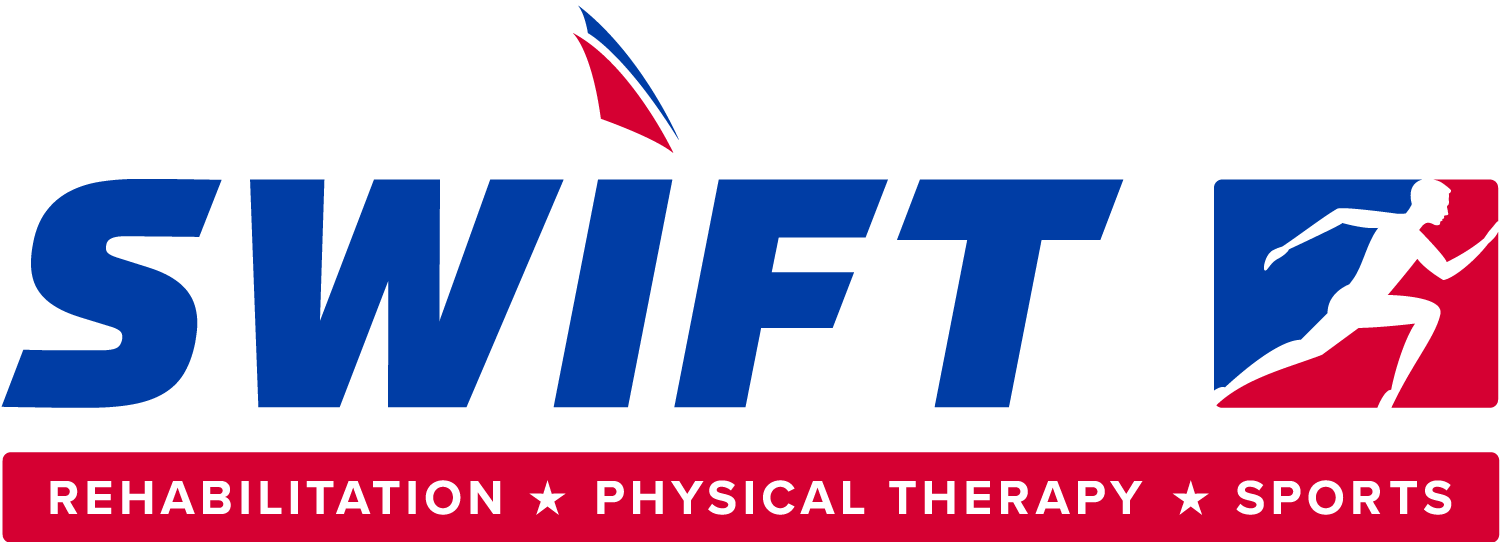Dry Needling
Dry needling has gained considerable attention in the realm of physical therapy as an effective treatment for myofascial pain. This technique involves the insertion of thin needles into trigger points—tight bands of muscle that cause pain and discomfort. In the text below, we’ll explore the science behind dry needling, its benefits, costs, and compare it with other treatments, all supported by research and data.
What is Dry Needling?
Dry needling is a technique that targets myofascial trigger points, which are hyperirritable spots within skeletal muscle that can lead to pain and dysfunction. By inserting needles into these points, therapists aim to relieve muscle tension, improve blood flow, and promote healing.
Mechanism of Action
Trigger Point Release: When a needle is inserted, it can cause a local twitch response, which may lead to a reduction in muscle tension and pain.
Increased Blood Flow: Needle insertion can promote microtrauma in the muscle, leading to an inflammatory response that enhances blood circulation and promotes healing.
Neurophysiological Effects: Dry needling may also influence the central nervous system, altering pain perception and promoting relaxation.
Illustration of how dry needling affects muscle tissue.
Benefits of Dry Needling
1. Pain Relief
Research shows that dry needling can significantly reduce pain in various conditions, including:
Chronic Pain: A study published in Pain Medicine found that patients receiving dry needling reported a significant decrease in pain levels compared to those who did not receive the treatment (Cummings et al., 2016).
Sports Injuries: Athletes often use dry needling to alleviate pain from injuries, enhancing their recovery times (Kumar et al., 2018).
2. Improved Range of Motion
Dry needling has been shown to improve flexibility and range of motion. A systematic review indicated that patients undergoing dry needling experienced improved functional mobility compared to control groups (Cummings et al., 2016).
3. Cost-Effectiveness
Comparing treatment costs, dry needling may be more economical than traditional therapies like massage or prolonged physical therapy sessions. A cost analysis revealed that dry needling treatments resulted in shorter recovery times and fewer visits (Smith et al., 2020).
Cost analysis of dry needling versus other treatments.
Needle Placement Techniques
Proper needle placement is crucial for the efficacy of dry needling. Physical therapists are trained to identify trigger points accurately and use various techniques:
Perpendicular Insertion: This technique involves inserting the needle straight into the trigger point for immediate effect.
Angled Insertion: Sometimes, needles may be inserted at an angle to target deeper tissue layers.
Electrical Stimulation: Combining dry needling with electrical stimulation (also known as e-stim) can enhance treatment outcomes. The electrical impulses help relax muscles and increase blood flow.
Electrical Stimulation Benefits
Research suggests that combining dry needling with electrical stimulation can improve treatment outcomes. A study in the Journal of Orthopaedic & Sports Physical Therapy found that e-stim after dry needling significantly reduced pain and improved function compared to dry needling alone (Aydin et al., 2019).
Graph showing pain reduction with combined dry needling and e-stim treatment.
Safety and Considerations
While dry needling is generally considered safe, it’s essential to have a qualified practitioner perform the technique. Potential side effects include:
Minor bleeding or bruising
Temporary soreness at the needle site
Fatigue after treatment
To ensure safety, practitioners should follow guidelines established by professional organizations, such as the American Physical Therapy Association (APTA).
Conclusion
Dry needling is a promising approach to managing myofascial pain and improving functional mobility. Supported by extensive research, this technique offers significant benefits, including pain relief, improved range of motion, and cost-effectiveness compared to traditional therapies. As the understanding of dry needling continues to evolve, it is essential to ensure that practitioners remain well-trained and follow safety guidelines to maximize patient outcomes.
For those considering dry needling, consulting with a licensed physical therapist can provide valuable insights into whether this treatment aligns with individual needs.
References
Aydin, T., et al. (2019). “Effects of Electrical Stimulation Combined with Dry Needling in Patients with Myofascial Pain Syndrome.” Journal of Orthopaedic & Sports Physical Therapy.
Cummings, T. M., et al. (2016). “The Efficacy of Dry Needling in the Management of Myofascial Trigger Point Pain: A Systematic Review.” Pain Medicine.
Kumar, V., et al. (2018). “Dry Needling in Sports Medicine: A Review.” International Journal of Sports Physical Therapy.
Smith, R. L., et al. (2020). “Cost-Effectiveness of Dry Needling: A Review of the Literature.” Journal of Physical Therapy Science.

